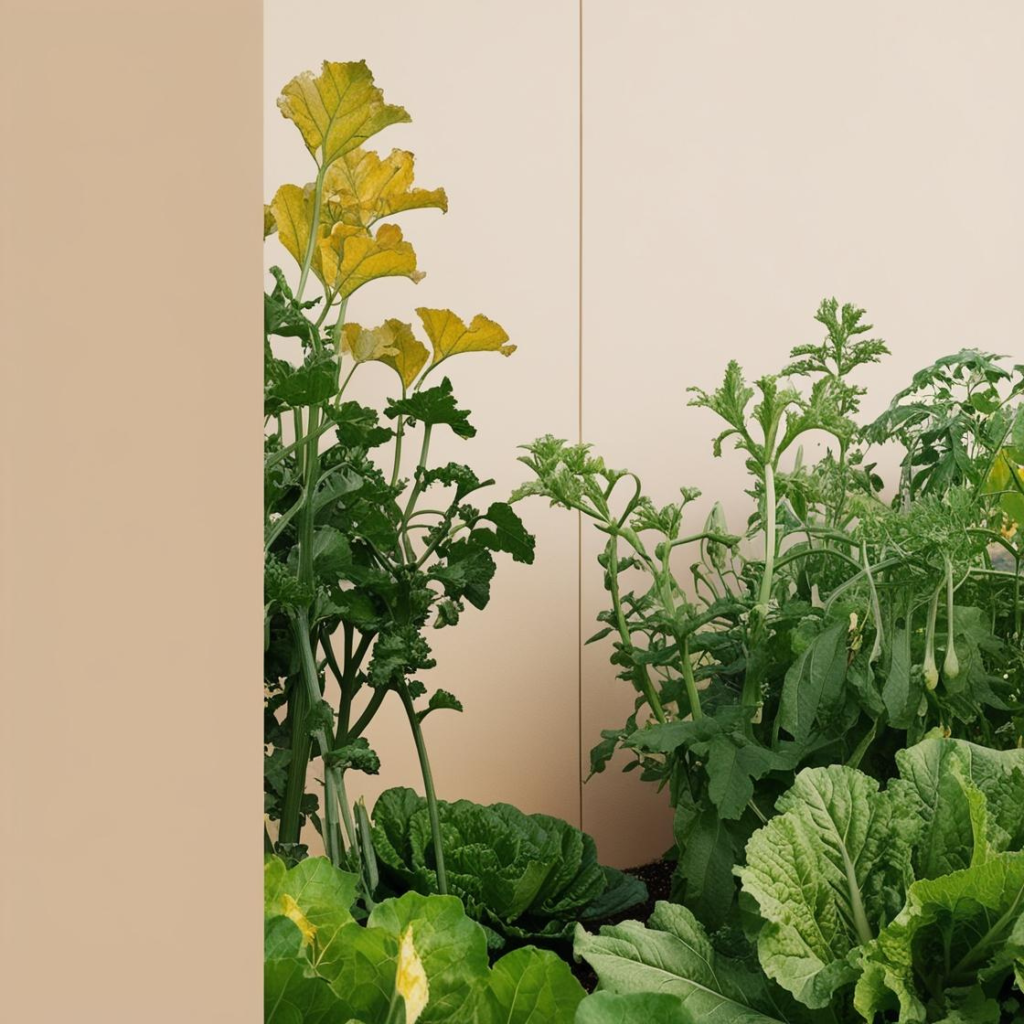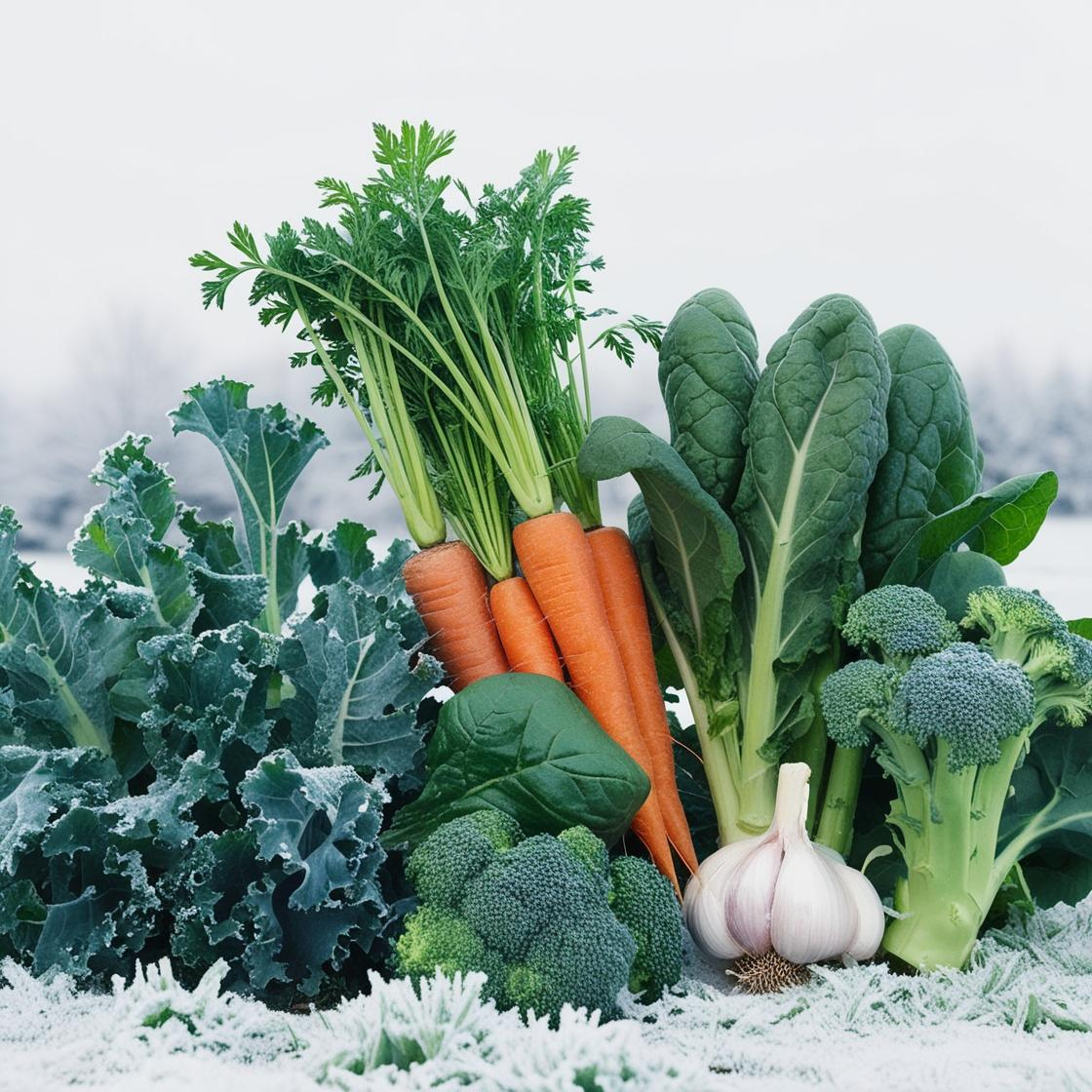As a gardener, there’s nothing more frustrating than seeing your once-healthy vegetable plants start to show signs of distress. One of the most common and concerning symptoms is yellowing leaves. Whether it’s a few leaves here and there or the entire plant, yellow leaves are often a sign that something is wrong. However, the good news is that yellowing leaves aren’t the end of the road for your plants. By understanding the underlying causes, you can quickly diagnose and treat the problem, ensuring your garden continues to thrive.
In this article, we’ll explore the top five reasons for yellow leaves on vegetable plants and provide actionable tips to help you revive them. By the end of this guide, you’ll be able to confidently identify the issue and take the right steps to bring your plants back to life.
1. Poor Soil Drainage and Watering Issues
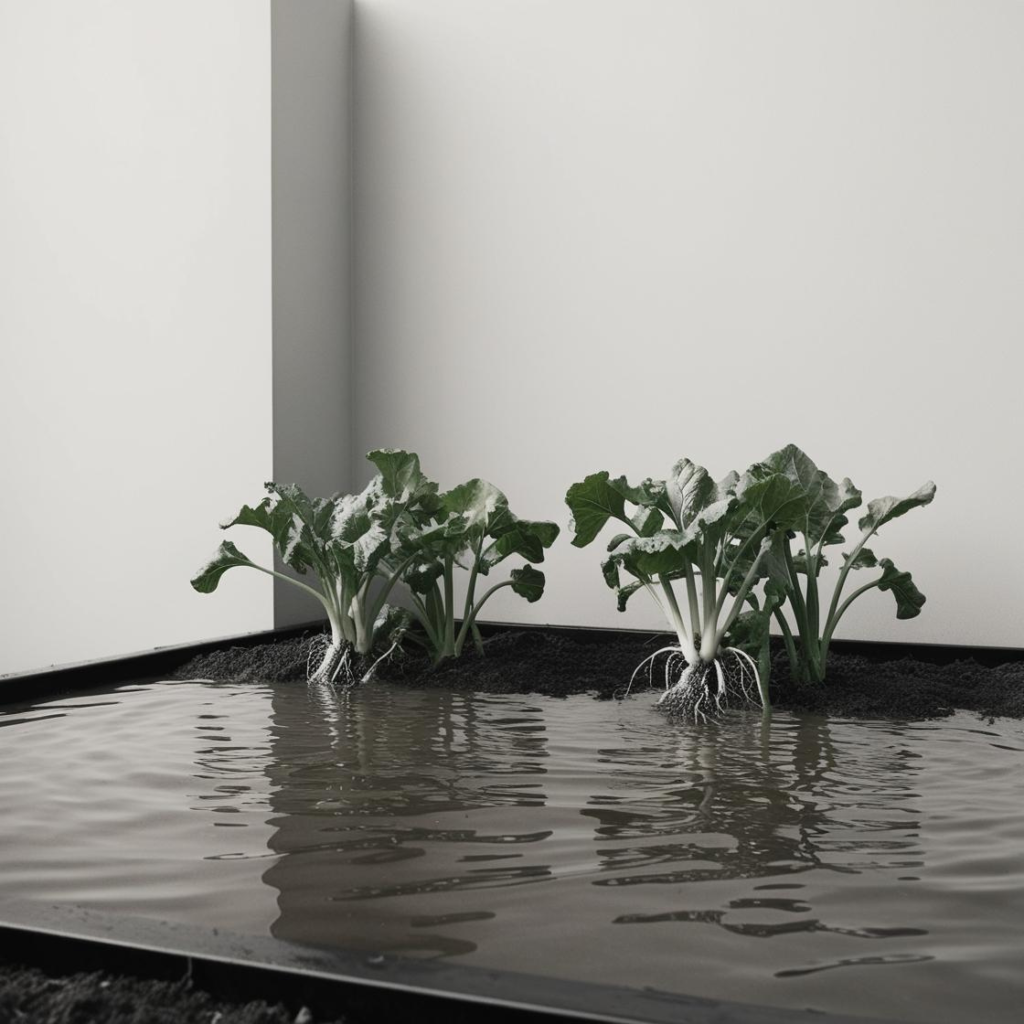
Why Poor Soil Drainage Causes Yellow Leaves
Water is essential for plant growth, but too much or too little can lead to yellowing leaves. Poor soil drainage is one of the leading causes of yellow leaves on vegetable plants. When soil retains too much water, it can drown the roots, leading to root rot, which disrupts the plant’s ability to absorb nutrients.
Plants that receive inconsistent watering or too much water may also experience yellowing leaves. Symptoms often start with the lower leaves turning yellow before spreading to the rest of the plant.
How to Fix It
The solution to this problem lies in improving soil drainage and water management. Consider the following tips:
- Ensure Proper Drainage: If your garden bed or container doesn’t drain well, amend the soil by adding organic materials like compost or perlite. These will improve water flow and prevent the soil from becoming waterlogged.
- Use Raised Beds: If you’re planting in an area with heavy clay soil, raised beds can provide better drainage, preventing water from pooling around the roots.
- Water Properly: Avoid overwatering your plants. Water your vegetables early in the morning to allow the soil to dry out during the day. If you’re unsure, always check the soil moisture by sticking your finger an inch or two into the soil before watering.
By addressing soil drainage and adjusting your watering habits, you can prevent the yellowing of leaves caused by water stress.
2. Nutrient Deficiencies (Especially Nitrogen)
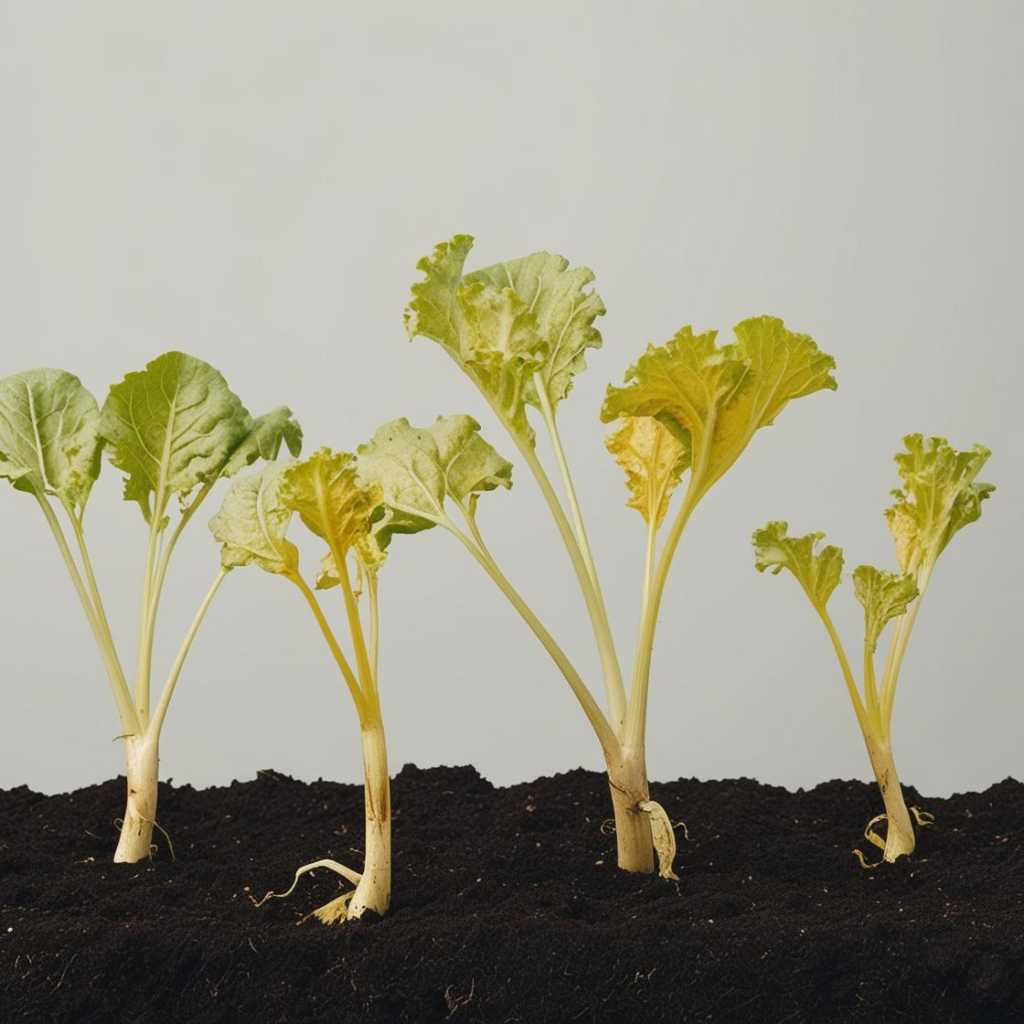
Nutrient Deficiencies: A Common Culprit Behind Yellow Leaves
Nutrient deficiencies, particularly a lack of nitrogen, are often responsible for yellowing leaves in vegetable plants. Nitrogen is a critical nutrient that helps plants produce chlorophyll, the pigment responsible for the green color in leaves. When nitrogen levels are too low, older leaves will begin to turn yellow while the plant struggles to produce new growth.
How to Fix It
To correct nutrient deficiencies, especially nitrogen, follow these steps:
- Fertilize with Nitrogen-Rich Fertilizers: Use organic fertilizers or compost that are high in nitrogen. A balanced, slow-release fertilizer will provide a steady supply of nutrients throughout the growing season.
- Improve Soil Fertility: In addition to adding fertilizer, enhance the soil with organic matter like compost or manure. This will improve overall soil health and nutrient availability.
- Monitor Fertilization Schedules: Follow a fertilization routine based on the needs of the plants you’re growing. Keep in mind that different vegetable plants have varying nutrient requirements.
By addressing nutrient deficiencies, particularly nitrogen, you can restore the green vibrancy of your plants and improve overall growth.
3. Pests and Diseases Impacting Vegetable Plants
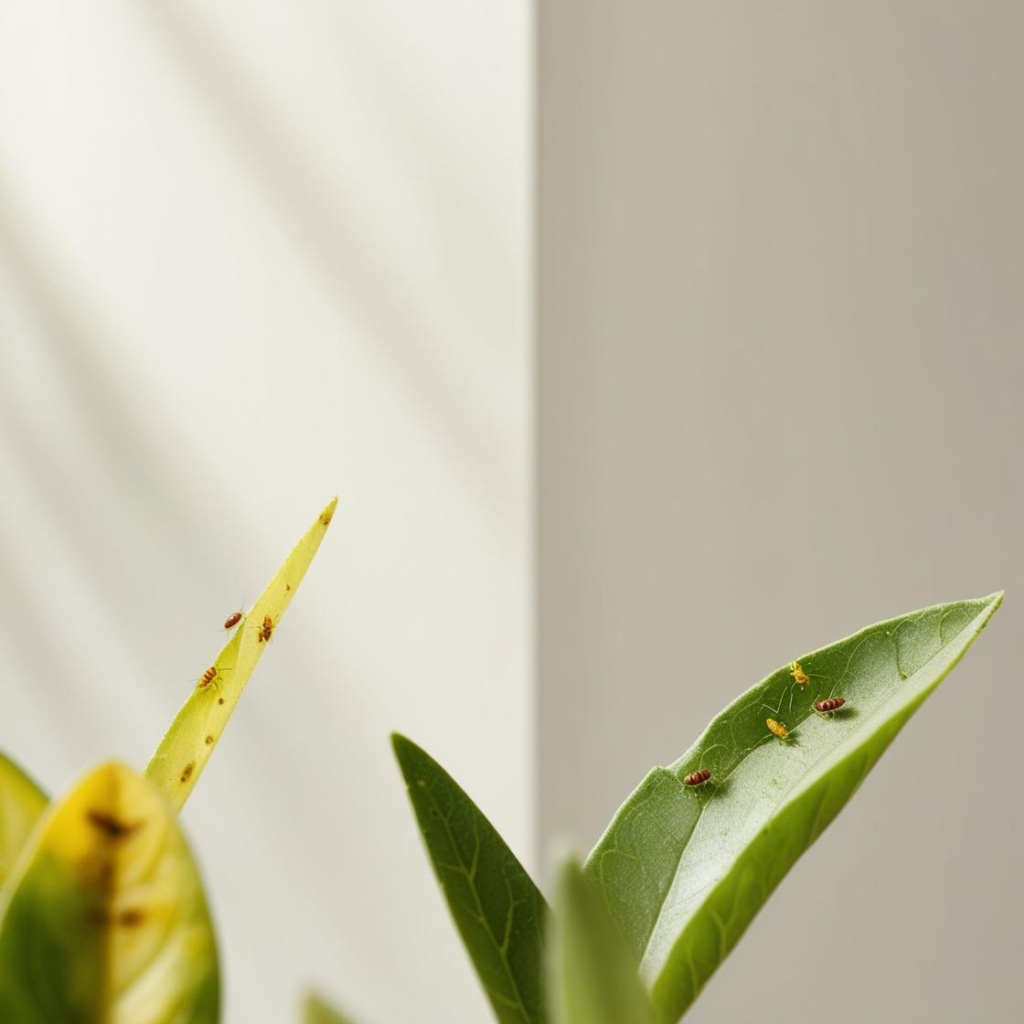
How Pests and Diseases Can Turn Your Vegetable Leaves Yellow
Another common reason for yellow leaves on vegetable plants is pest infestation or disease. Pests like aphids, whiteflies, and spider mites feed on plant sap, which damages the leaves and causes them to yellow. Additionally, fungal diseases such as Fusarium wilt or Verticillium wilt can attack plant roots or stems, leading to yellowing leaves as a sign of infection.
How to Fix It
To protect your plants from pests and diseases, here are some steps you can take:
- Inspect Regularly: Keep an eye on your plants for any signs of pests. If you notice small insects, discolored spots, or webs, take action immediately. You can remove pests manually or use organic insecticides like neem oil.
- Practice Crop Rotation: To prevent the buildup of pests and diseases, rotate your crops each year. This will help minimize the risk of recurring infestations.
- Remove Infected Leaves: If you spot disease symptoms, such as yellowing and wilting leaves, remove them immediately to prevent the spread of infection. Dispose of the infected leaves away from your garden.
By addressing pest and disease issues promptly, you can keep your vegetable plants healthy and prevent yellowing leaves.
4. Improper Sunlight Exposure
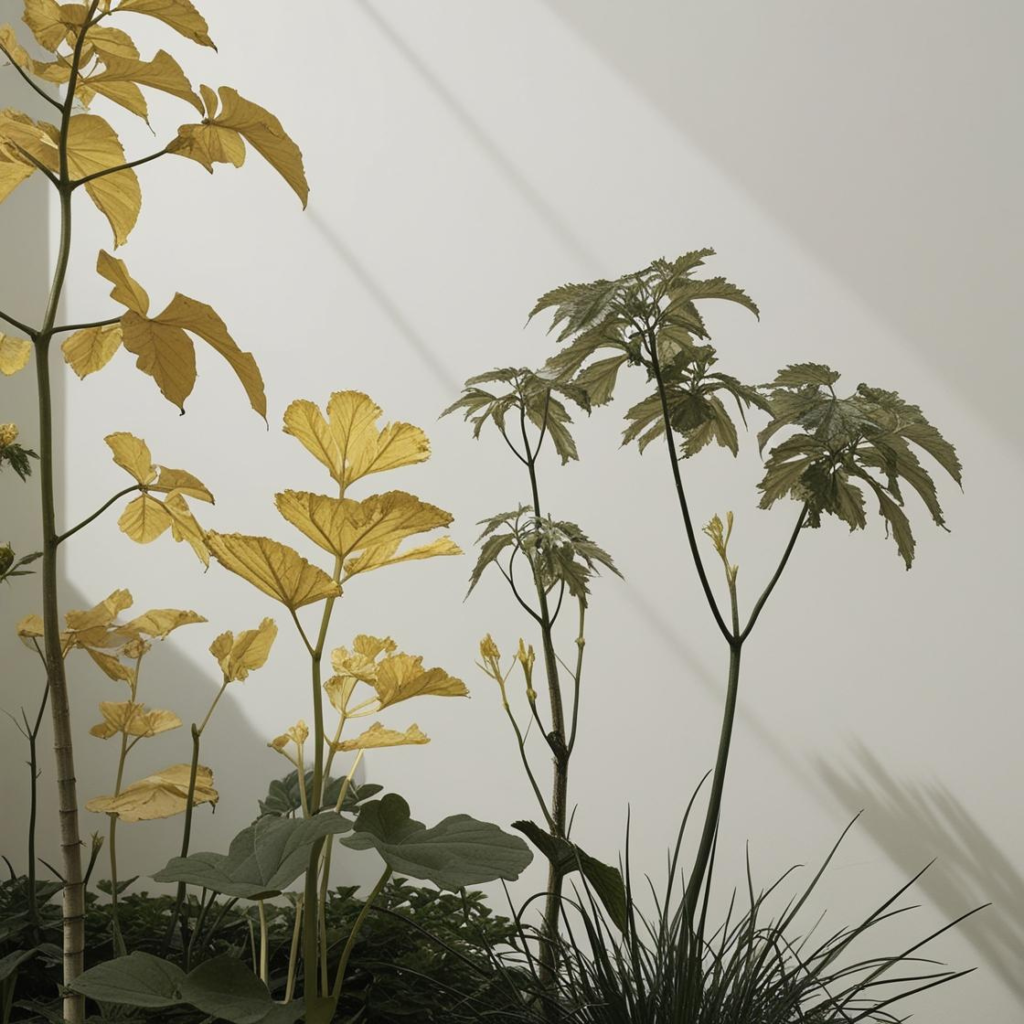
Too Much or Too Little Sunlight: The Role of Light in Yellowing Leaves
Vegetable plants rely on sunlight for photosynthesis, but too much or too little light can cause yellowing leaves. Plants that receive too much direct sunlight, especially during hot summer days, can suffer from sunburn, leading to yellowing or browning of leaves. On the other hand, plants grown in too much shade or insufficient light may not produce enough energy, resulting in yellowing leaves as well.
How to Fix It
To correct issues with sunlight exposure, consider these tips:
- Ensure Adequate Sunlight: Most vegetable plants require 6 to 8 hours of sunlight per day. Ensure that your plants are located in a spot that gets enough direct sunlight to support healthy growth.
- Provide Shade for Sensitive Plants: If your plants are struggling with too much sun, consider providing them with some shade during the hottest parts of the day. You can use shade cloth or plant taller companion plants to provide natural shade.
- Monitor Plant Placement: Be mindful of how the sunlight changes throughout the day and ensure your plants are positioned in a way that maximizes their exposure to light without causing stress.
By adjusting your plant placement and providing the right amount of sunlight, you can prevent yellowing leaves caused by light stress.
5. Transplant Shock and Environmental Stress
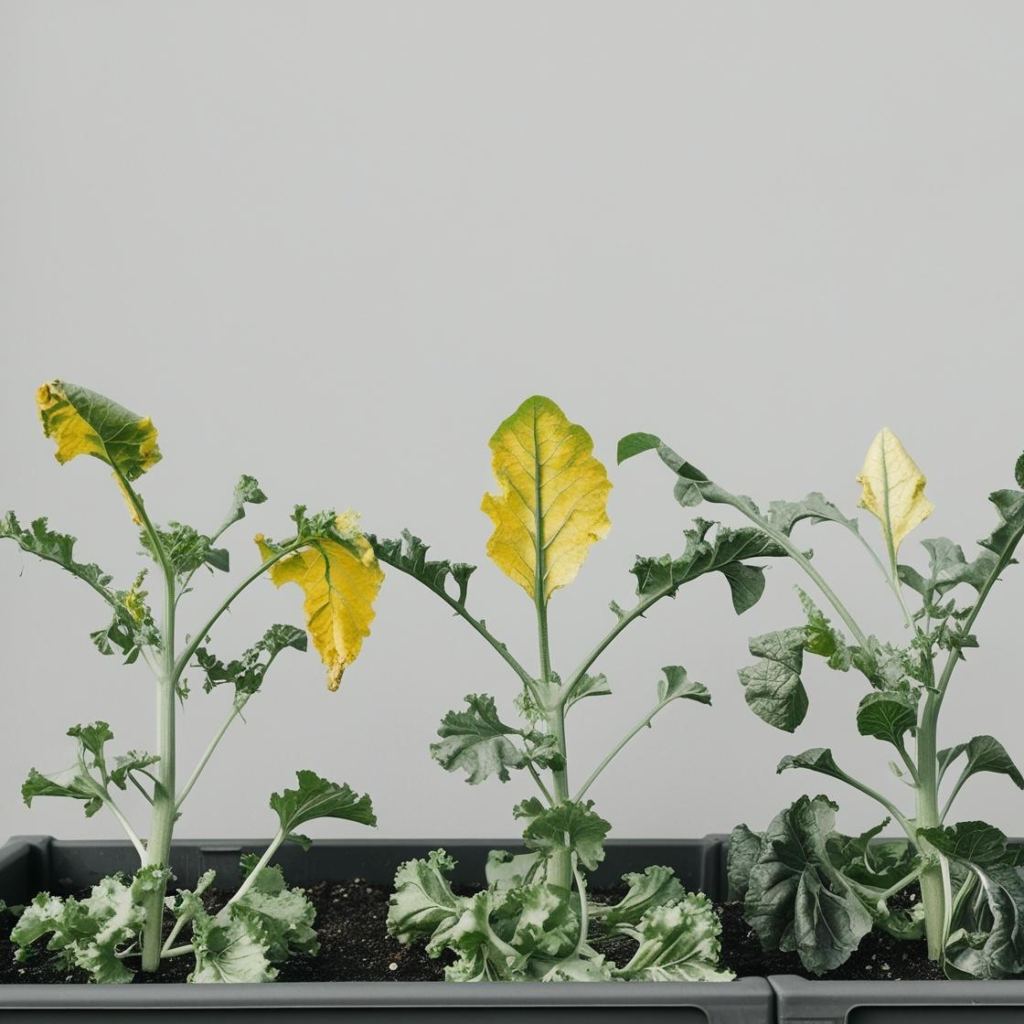
Transplant Shock and Environmental Stress: Stressors Leading to Yellow Leaves
Transplant shock occurs when a plant is moved from one environment to another, causing it to experience stress. This stress can lead to yellow leaves as the plant struggles to adapt to new conditions. Additionally, extreme weather events such as heatwaves, frosts, or sudden temperature changes can cause environmental stress, leading to yellowing leaves.
How to Fix It
To reduce transplant shock and environmental stress, here are some helpful tips:
- Harden Off Your Plants: If you’re transplanting seedlings, gradually acclimate them to outdoor conditions by hardening them off. Start by placing the plants outside for a few hours each day, gradually increasing exposure to sun and wind over the course of a week.
- Protect Plants from Extreme Weather: Use row covers, shade cloth, or mulches to protect your plants from extreme temperatures or sudden weather changes.
- Provide Consistent Care: Once transplanted, make sure your plants have a consistent supply of water and nutrients to help them adjust to their new environment.
By taking steps to reduce transplant shock and protect your plants from environmental stress, you can prevent yellow leaves and ensure healthy growth.
Conclusion: Reviving Your Plants and Promoting Healthy Growth
Yellowing leaves on your vegetable plants are a sign that something isn’t quite right, but they don’t have to be a death sentence for your garden. By identifying the root causes—whether it’s poor drainage, nutrient deficiencies, pests, sunlight exposure, or environmental stress—you can take the necessary steps to restore your plants to health.
Remember, regular care and observation are key to preventing issues before they become major problems. Start by addressing the specific cause of yellowing in your plants, and soon enough, you’ll see your vegetables flourish again. Happy gardening!

